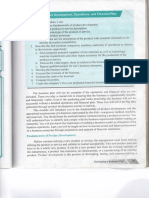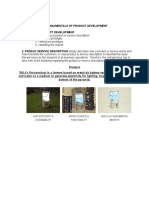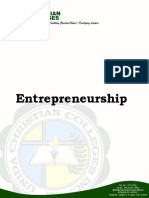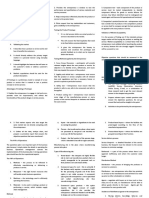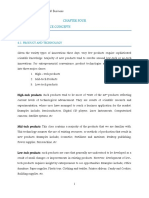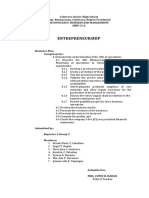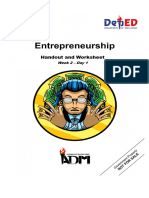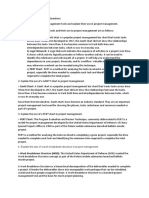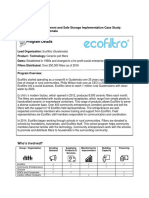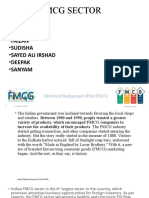0% found this document useful (0 votes)
69 views104 pagesEntrep Week 1
The document discusses the fundamentals of product development including developing a product or service description, creating a prototype, testing the prototype, and validating the market acceptability. It provides details on each step such as describing the product or service, advantages of creating a prototype, and methods for testing the prototype like focus groups and safety testing.
Uploaded by
edward.mkl12345Copyright
© © All Rights Reserved
We take content rights seriously. If you suspect this is your content, claim it here.
Available Formats
Download as PDF, TXT or read online on Scribd
0% found this document useful (0 votes)
69 views104 pagesEntrep Week 1
The document discusses the fundamentals of product development including developing a product or service description, creating a prototype, testing the prototype, and validating the market acceptability. It provides details on each step such as describing the product or service, advantages of creating a prototype, and methods for testing the prototype like focus groups and safety testing.
Uploaded by
edward.mkl12345Copyright
© © All Rights Reserved
We take content rights seriously. If you suspect this is your content, claim it here.
Available Formats
Download as PDF, TXT or read online on Scribd
/ 104






